Gauri Satam and Tejesh Patil have joined forces to found unTAG, a Mumbai-based architectural and interior design firm that believes in building sustainable homes. They have worked on around 40 environmentally and economically sustainable projects so far. 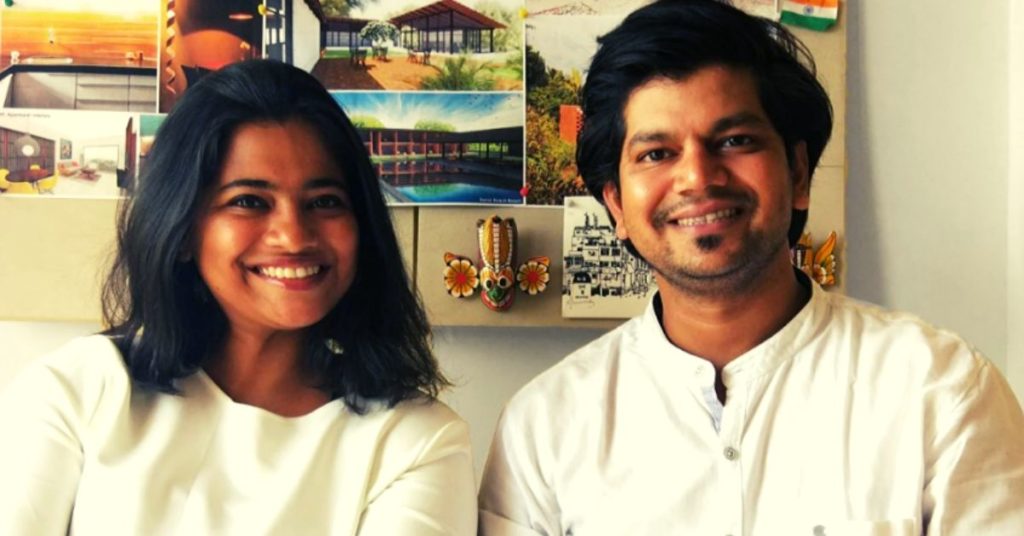 “As a student, I wanted to change the myth that architects are exclusive to people with money. A large part of our fraternity does not cater to the grassroots level or a common man in urban areas. So building budget-friendly houses became our foremost rule,” says Gauri Satam.
“As a student, I wanted to change the myth that architects are exclusive to people with money. A large part of our fraternity does not cater to the grassroots level or a common man in urban areas. So building budget-friendly houses became our foremost rule,” says Gauri Satam.
Tejesh Patil has always been fascinated by energy-efficient designs. In his words, “Sustainability is not just a label, but an integral approach which starts from the first seed of thought and eventually becomes a lifestyle of the end-users. I always wanted to explore ways to integrate passive solar energy and effective natural cooling systems in projects.”
“We work around parameters that are specific to the site, climate and cultural context. This makes every project unique and reduces overall construction cost by 30 per cent. Our vision is to make affordable luxury homes while giving utmost importance to the environment,” Gauri says. 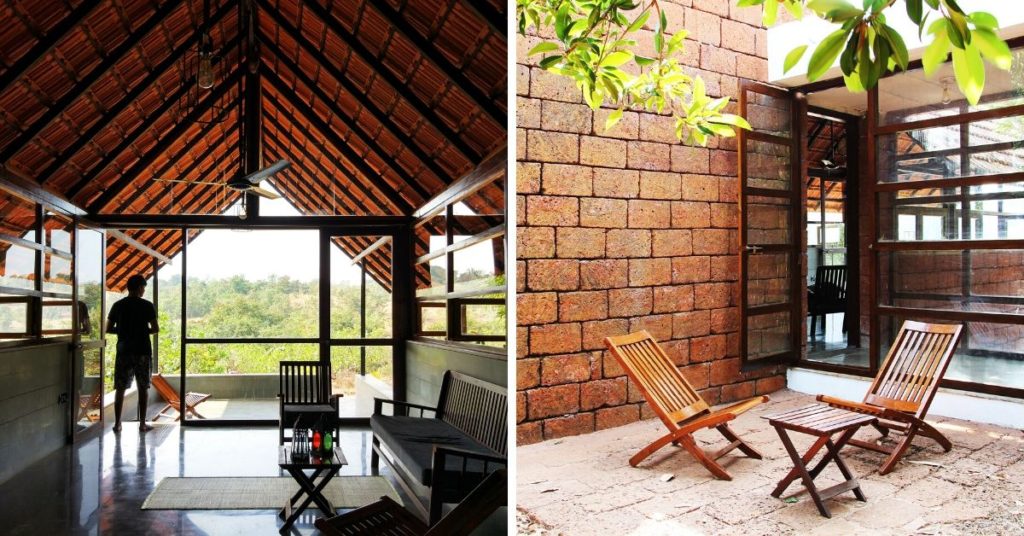
“The use of salvaged or locally sourced materials reduces raw material cost. Meanwhile, our material palette is more climatically appropriate and cheaper compared to high-end products sourced from abroad like the imported Italian marbles. Our construction materials ranges from using locally baked bricks, regionally quarried stones, vernacular mud walls to native seasoned timber,” says Tejesh.
“The client, a farmer, wanted a modern structure with the essence of nature. It was challenging to build a house on the 1400 sq.ft area. So, we interplayed with traditional designs like jaalis, verandahs and aangans to create a microclimate that ensured ambient temperature, using natural cooling even during the peak summer months,” says Gauri. 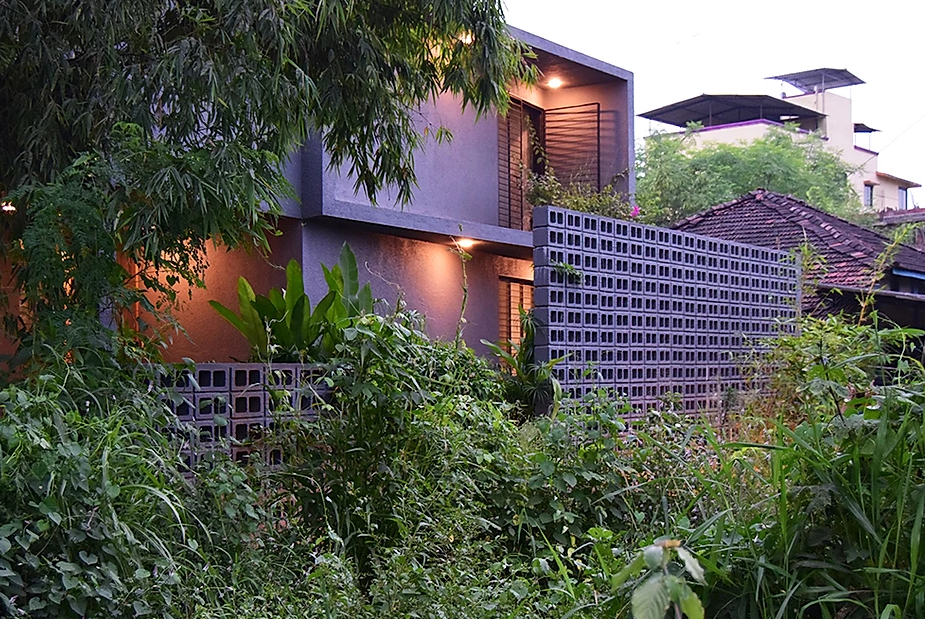
The recycled fly ash block jaali near the entrance blocks outside dust from the abutting kuchcha road and also acts a climate control measure by restricting harsh heat, while filtering the west breezes.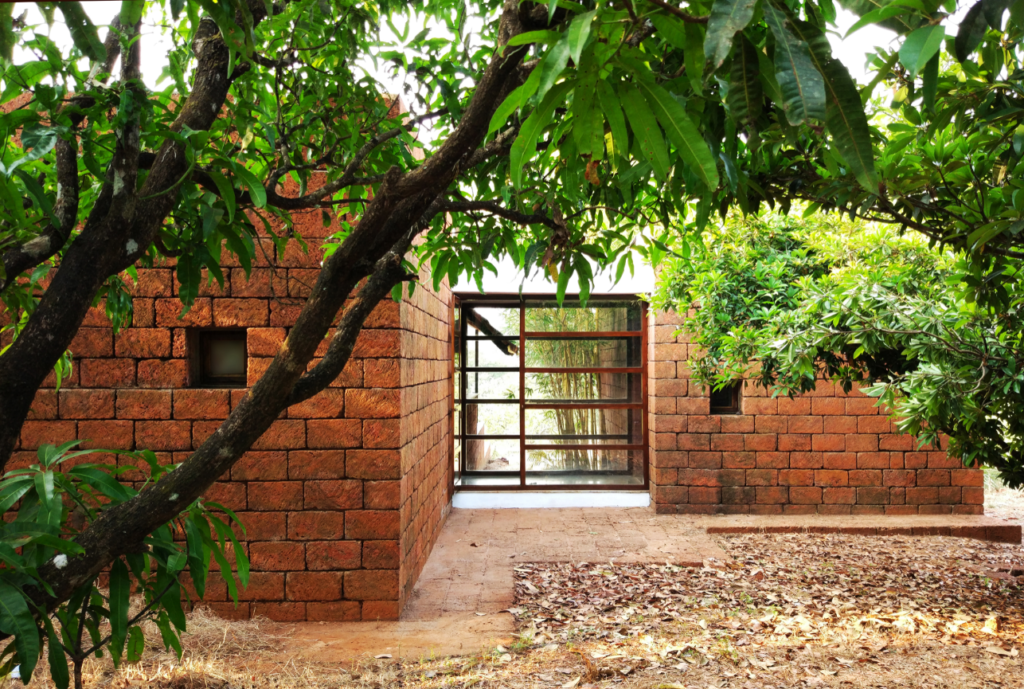
The aangan, a compact central courtyard endorsing a sculptural champa (Plumeria) tree, gets natural shade for the most part of the day that lowers the temperature by 3-5 degrees. Meanwhile, the other courtyard at the entrance blocks the view of the private spaces from for outsiders and at the same time allows ample cross-ventilation.
The duo used passive solar designs like large overhangs and appropriate openings. To further reduce the heat, they painted the terrace in white and did the flooring with Indian Kota stone. The landscape around also integrates simple techniques of water recycling and harvesting, using phytoremediation and groundwater recharge.
Similarly, Chira (laterite), an indigenous stone was used as the main structural element to control the extreme temperatures of a newly-built home nestled in the lush green orchard.
“Chira was procured from a 3-km away quarry. Due to its porous nature, Chira behaves like an earthenware, keeping internal temperature 4-5 degrees lower than the outside temperature during summers. Whereas its sturdiness protects the house from heavy southwestern monsoon showers,” shares Tejesh.
Flooring and internal walls were given an extra layer of heat insulation by using Indian Kotah stone and the locally available terracotta roof tiles constitute the traditional sloping roof, providing shade during the day while letting the hot air escape. 
The recycling factor here was salvaging discarded wood from a temple demolition site in the village, “We got a ready-seasoned timber from local ain, teak, jackfruit and sal wood. The wood was reused for doors, windows and furniture.”
The tropical planning of the homes, ensuring cross ventilation and sufficient indirect natural light in both the houses lessens the dependency on electric lights and air-conditioning and fans, thus reducing the electricity bill. 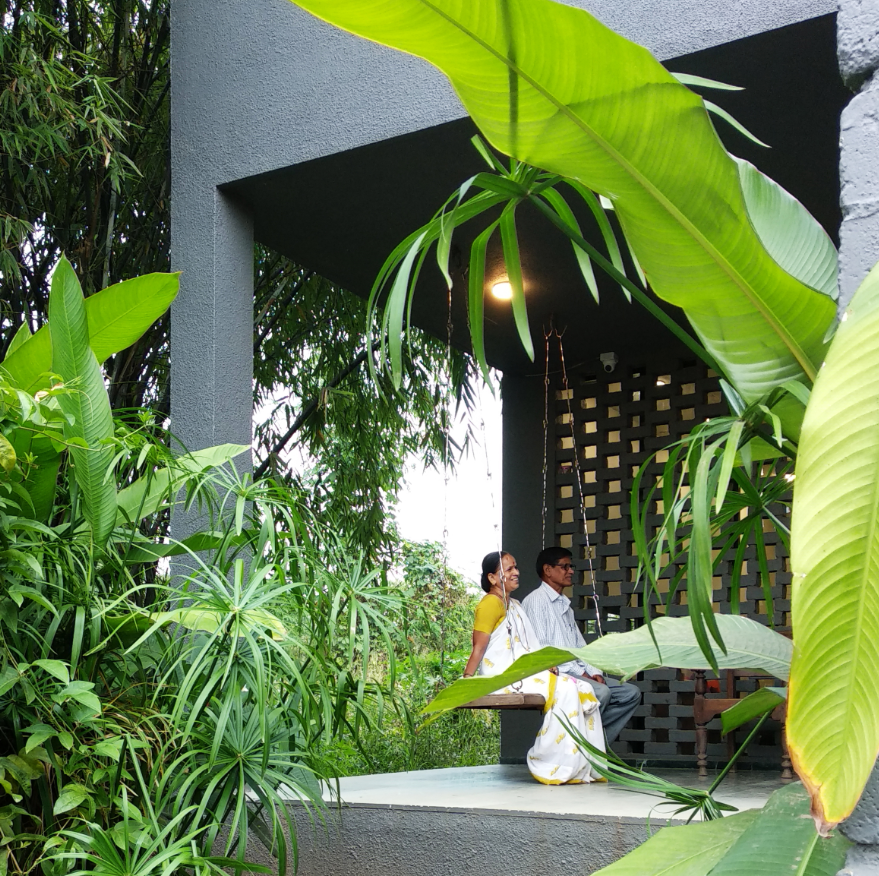
“As architects, we can significantly contribute by working at the grassroots level. We can start by understanding the aspirations of the common man, educating them with the value of environmentally conscious designs while going back to traditional construction methods and exercising climatic thermal-comforting elements. With the help of the right passion and eco-sensitivity, we can alter our lifestyle in sync with sustainability,” says Tejesh.
You can read the original article at www.thebetterindia.com

Such articles are breathers for people wanting to build sustainable homes.